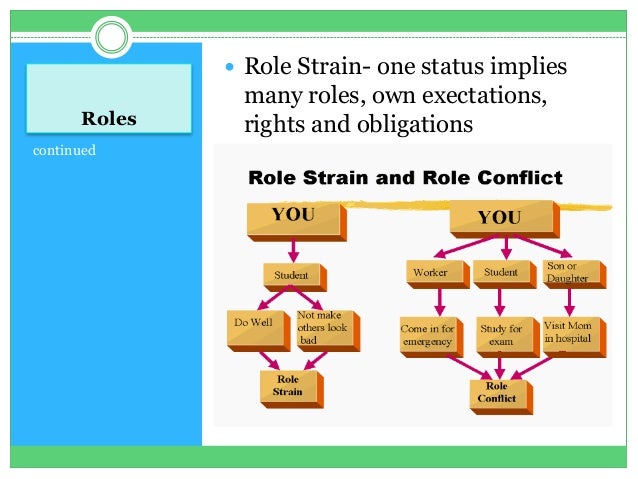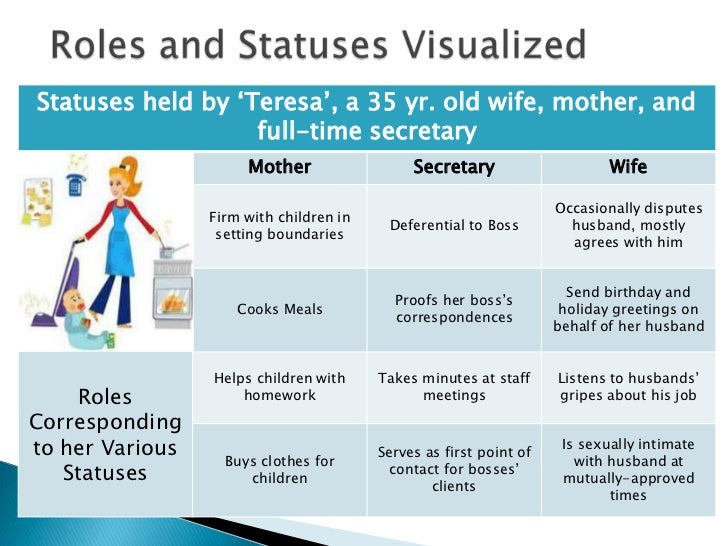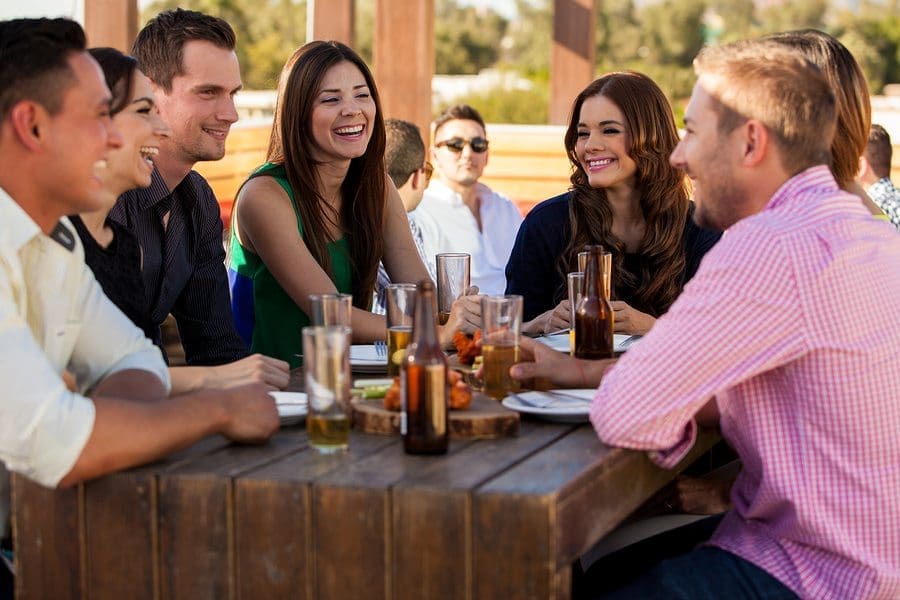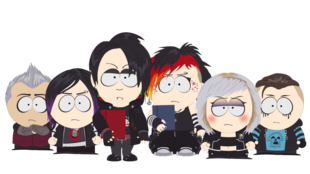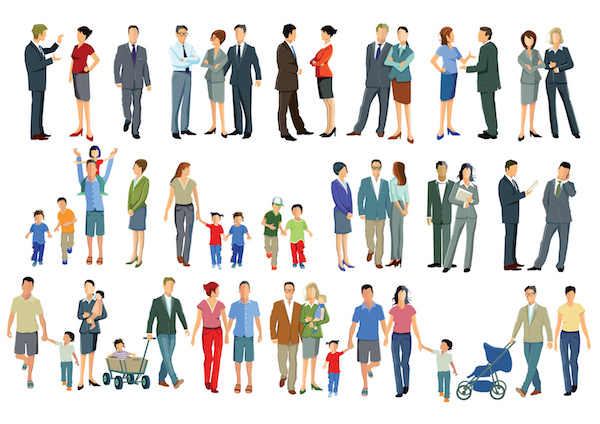Social groups - the meaning, characteristics, classification and other details
The meaning
When two or more persons are in interaction, they constitute a social group. It’s considered a social group when the persons on the group have the same interest and they share reciprocal relations, for example, at school and with family.
These men, who had influence in the American Sociology, say: “A group is an aggregate of individuals which persist in time, which has one or more interests and activities in common and which is organised.” (Green); “A number of persons, two or more who have common objects of attention, who are stimulating to each other, who have common loyalty and participate in related activities are called as group.” (Bogardus)
Characteristics
- Reciprocal relations – the persons on the group must be related to each other. A small gathering of people can’t form a group;
- Common interests – on a group, the interests and ideals are common;
- We-feeling – usually, the members use the word “we” feeling among them and they treat each other as friends. “We-feeling” is related to sympathy and loyalty;
- Sense of unity – to develop a feeling or sense of belongingness it’s necessary to have sense of unity;
- Group norms – each and every group has its own rules and norms. The members are supposed to follow these;
- Similarity of behaviour – on a group, the interests and values are common so the people behave in more or less similiar way.
Classification
Primary group – it consists on small groups with intimal relations (ex: family) and they established direct or indirect contact with one another. Direct contact is, usually, “face to face” because the persons ask for mutual help and discuss common question. Indirect contact is when we talk, via e-mail, with a family member, who is in another country.
Secondary group – it consists on big groups, who have just formal and institucional relations. Some of them can last years but frequently they disappear after a short time. The intimacy within the group is lower than that in primary. The examples of secundary groups include a city, nation, corporation...
Reference group – this group may not be an actual group, it may be an imaginary one. A reference group is one where we don’t have to belong directly but with which we identify ourselves or we would like to belong.




